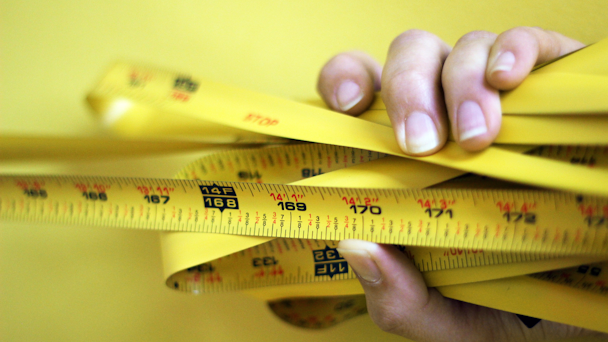Panels are the past: 3 ways advertisers can achieve more scalable brand measurement
Traditional panel-based measurement frameworks no longer deliver adequate value to brands, agencies and media sellers as the industry hurtles toward a new future, argues Rob Cukierman, general manager of measurement and product partnerships at LoopMe. Cukierman proposes a set of considerations for new measurement techniques.

The current status quo of media measurement is no longer meeting needs
Traditional media measurement sourced by panel-driven approaches is rapidly becoming outdated and unable to support emerging media trends and devices. As consumer behavior continues to change, the surge in engagement with platforms such as connected TV (CTV), podcasting and digital audio, gaming and the new era of social led by TikTok and a resurgent Snap highlight the urgent need for evolution in media measurement.
In fact, a recent statement from the 4A’s Measurement Committee in regards to Nielsen’s loss of MRC accreditation for issues concerning its TV ratings panel during the pandemic said: “We have now moved beyond panels, and it is essential for all data owners to work together to standardize their data so that it can be used interoperably in an open architecture to offer deduplicated reach so advertisers and their agencies can understand the impact of cross-media campaigns.”
This shift, of course, is due to the ongoing fragmentation happening across all demographics, not only gen Z. With audiences now dispersed across an almost infinite amount of content, publishers and platforms, the impact on measurement renders traditional panel-based methods insufficient to meet the industry’s needs. Nielsen already understands this and has moved past the panel model for its Digital Ad Ratings product, utilizing data providers instead – most famously Facebook – to deliver its ratings for digital video campaigns.
And while the 4A’s vision for an open architecture in which all data owners share for the common good is unlikely to materialize anytime soon, there are a number of new measurement solutions available now that are innovating and moving the needle beyond panel-based methods to tackle these challenges.
Navigating the evolution of measurement
To be successful, modern media measurement must be built to embrace fragmentation. Players in this ecosystem – from brands and agencies to solution providers and publishers – can no longer afford to ignore measurement for specific channels as they have previously.
When evaluating new measurement solutions, methodologies and vendors, decision-makers – whether they be advertisers, publishers or agencies – should be open to considering new approaches that expand their measurement footprint, allow them to test and compare different use cases and empower them to explore new technologies and techniques. Here are three useful considerations for moving beyond panel-based approaches to measurement:
1. Discern between ad effectiveness and audience
When looking at outcomes versus audience measurement, certain techniques may be more appropriate than others. For example, brand lift data survey can be collected at scale across non-panel-based native and open web survey solutions, effectively lowering the cost and threshold needed for measurement, while at the same time maintaining standards and quality.
However, reach and frequency may still require a hybrid or heavily modeled approach to resolve duplication and demographic assignment.
2. Test and learn with new partners
Experimentation with new and different measurement solutions and partners is a vital component to benchmarking historical performance and expanding your measurement footprint. For a brand or agency, this means comparing previously non- or under-measured parts of media campaigns – such as CTV, podcasts, audio and digital out-of-home (DOOH) – to channels such as desktop and mobile that have been historically measured.
Results may affirm or challenge previously-held assumptions, and ultimately impact performance expectations and spend allocations. For a publisher, this means campaigns that previously didn’t meet feasibility for measurement can now be measured with services offering non-panel-based techniques, providing opportunities to highlight value and increase spend levels.
3. Embrace artificial intelligence (AI) and other new technology
Technology can support measurement’s evolution as it catches up to the current state of the media behavior. For example, AI is more widely available to analyze big data sets that can be used to create new types of measurement, improve methodologies and drive decisions that ultimately lead to better business outcomes. There is a limit to what humans can do with big data, but AI is uniquely positioned to build stronger test and control groups, optimize and drive better return on investment in order to bring more scalable solutions to market.
As the future of media measurement continues to accelerate, what’s clear is that the current status quo is no longer meeting the critical needs of brands, agencies and media sellers. As demands for change grow louder and more urgent, the utility of the traditional panel model has never been more in question. Luckily, there is a new generation of measurement and tech providers stepping into the void, bringing new and innovative solutions to market, pushing the limits of what’s possible and leveraging emerging technologies to deliver better results.
Rob Cukierman is general manager of measurement and product partnerships at LoopMe.
